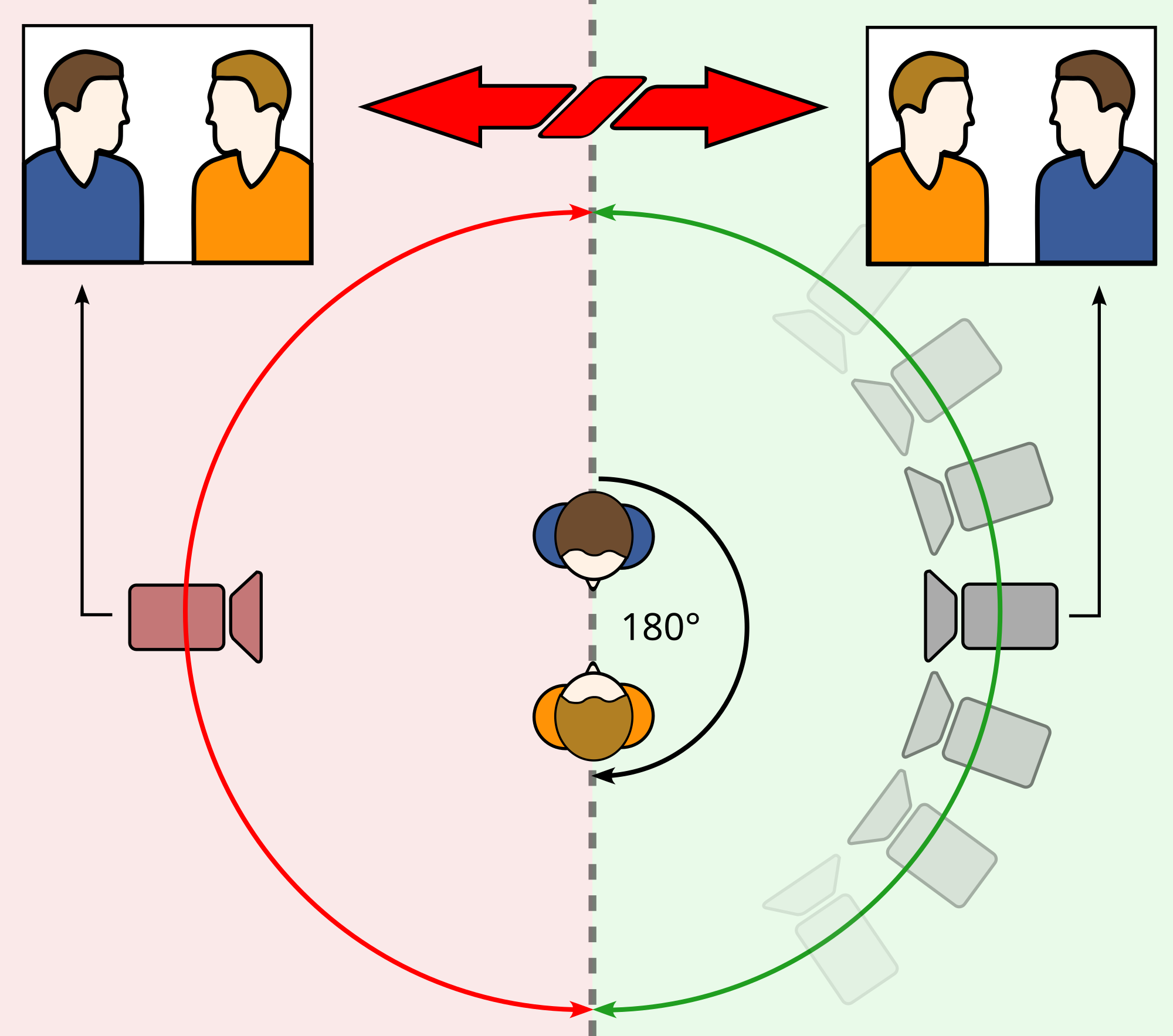In our group we used match on match action whilst i was walking through the door. First we did a short shot of me opening the door handle and edited it together so that you could see me walk through the door. We also used close-ups to emphasise that Lucy was disappointed/sad. We also added a few teardrops to make it more dramatic. Using shot reverse shot makes it a lot clearer to the audience that you are having a conversation and keeping the camera on the person that is actually talking. We also make sure to use the 180 degree rule.
After we had published this, we had realised that we could hear Emma's voice at 0:10 saying action. Even though it was not the full word, it is not very professional. Also the editing has very harsh jump shots.
Next time we know to carefully evaluate everything before publishing and learn how to do more gradual shots.
We had also made a story board so that we knew what each shot consisted of. This saved us a lot of time because we already mind mapped what each of us were saying and what camera shots we were going to use. We found that story boarding was very convenient.














